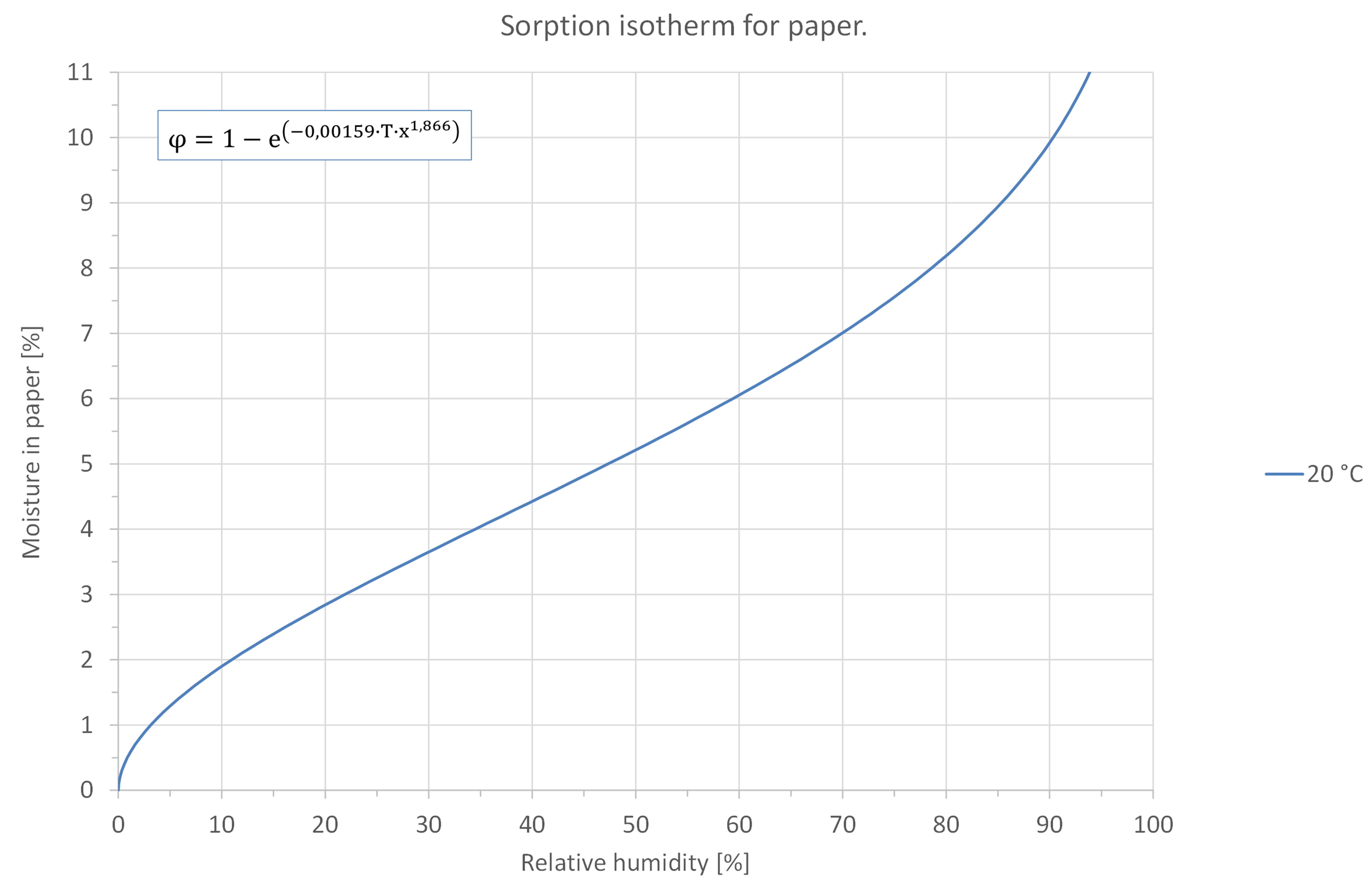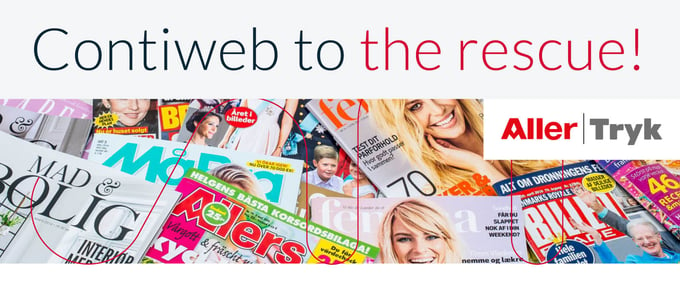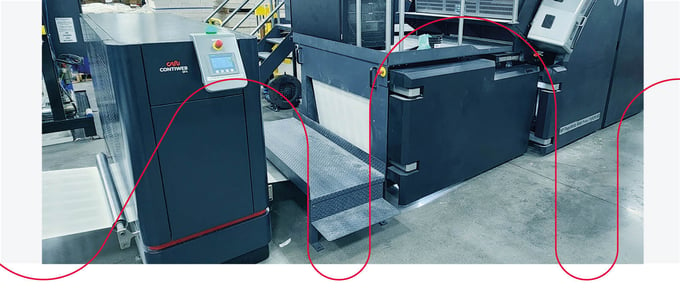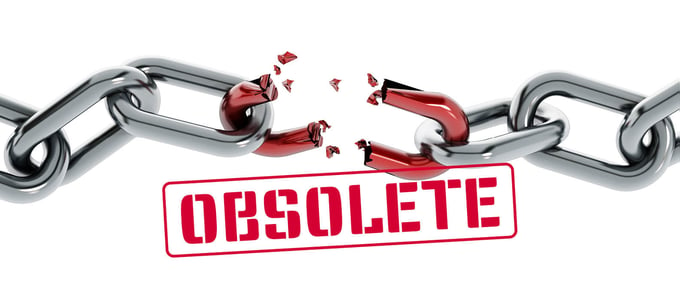The Beauty of Paper - And How to Control its Hygroscopic Properties
As an industrial printer you cannot avoid drying your printed material. That this mandatory step in your printing process also damages the paper is accepted by the industry. What is not accepted is a product that is wavy, wrinkled or torn.
Many of these issues can be prevented by re-moisturizing the paper after drying. In this blog we will discuss the cause and effect, solutions and the latest developments from the industry.
Paper basics
When buying paper, you take into account various specifications such as the width, length, weight per square meter and coating, but also the moisture content is an important characteristic to consider. This absolute moisture content is expressed as a percentage of the total. If you buy a 1000 kg roll of paper with 5% moisture content, you basically get 950 kg of paper and 50 kg of water.
The beauty of paper is that it is naturally hygroscopic. Depending on the temperature and humidity of the environment, the paper will either absorb or desorb moisture, so that the moisture content in the paper is in equilibrium with the moisture content of the environment: Put a sheet of paper in a container of water, and it gets completely soaked. Put this same sheet in a hot oven, and the moisture content drops to 0%.
If you put this wet or dry sheet in a room, its hygroscopic properties will cause it to rebalance with the environment in both cases. In an average environment with a temperature of 20 degrees Celsius and a relative humidity (RH) of 50%, paper will reach an absolute moisture content of +/- 5% over time.
Drying
As mentioned, the printing process cannot do without drying (yet). In case of inkjet printing, the moisture from the aqueous inks must evaporate to dry. In order to meet the ever-increasing demands for higher production speeds, an enormous amount of heat is put into the paper in a short period of time. During this process paper temperatures easily exceed 100 degrees Celsius. As a result, not only the moisture from the ink evaporates, but also the moisture from the paper. After printing, paper often has a moisture content of less than 1%.
The fact that paper with a low moisture content is less strong and thus susceptible to tearing or cracking is a disadvantage, but problems also occur when the moisture content of the paper returns to an equilibrium with the environment, in an uncontrolled way. Phenomena such as climate waves, book growth and curling are then inevitable.
Examples
Climate waves:
In a book or stack of paper, the edges are the first to come into contact with the environment. They will be the first to absorb moisture and the paper fibers will grow larger. Because the inside of the stack is not yet balanced, tensions arise in the paper resulting in climate waves.
Book growth:
Signatures are printed on a different press than the cover, with different drying temperatures. After cutting, a book or magazine looks good. However, when the signatures absorb a different amount of moisture from the environment than the cover, they grow ‘outside the book’.
Curling:
If a full color image is printed on one side of the paper, the ink present affects the exit of moisture from the paper during drying. This can cause for example a flyer to curl.
Solution
After printing, the moisture content in the paper drops to less than 1%. The paper will start to rebalance with the environment due to its hygroscopic properties. In the case of 50% RH at 20 degrees Celsius, paper in equilibrium has a moisture content of about 5%. This means a printed sheet of 100 gsm will absorb about 4 grams of water per square meter from the environment.
By using special equipment to return this moisture to the paper immediately after printing (remoistening), this can be done in a controlled way.
This prevents:
- Climate waves - the entire book is balanced after remoistening,
- Book growth - the size of the signatures is stable after remoistening,
- Curling - the paper is homogeneously moist after remoistening.
How much moisture?
To determine how much moisture to apply, it is important to keep the balance in mind:
- What is the moisture content of the paper after printing?
- What is the relative humidity of the environment for which the finished product is intended?
The closer these two values are to each other, the lower the risk of any of the issues mentioned.
 The relationship between relative humidity and absolute moisture content of paper depends on quite a number of variables such as temperature, density of the paper, actual moisture content and humidity. This curve is not linear, however, at +/- 20 degrees Celsius and between 40% and 60% RH it is linear enough to state the following as a guideline:
The relationship between relative humidity and absolute moisture content of paper depends on quite a number of variables such as temperature, density of the paper, actual moisture content and humidity. This curve is not linear, however, at +/- 20 degrees Celsius and between 40% and 60% RH it is linear enough to state the following as a guideline:
± 4% moisture at 40% RH
± 5 % moisture at 50% RH
± 6 % moisture at 60% RH
The nice thing is that the environment of the end product will often be within this RH range as well. So in short, you can draw up the following equation:
- Absolute moisture content of printed paper: 1%.
- Relative humidity of destination: 40%
- Absolute moisture content of printed paper at equilibrium: 4%
- Moisture to be applied: 3%
Unfortunately not all paper absorbs moisture easily. To get the best performance, you will need to optimize the moisture application settings. In order to create an equal moisture application over the full paper surface, homogeneity of the application is of great importance. The more precise you are able to apply the moisture and to adjust this application volume, the better the results you can achieve.
Available remoistening systems are able to set up the coverage in milligram of moisture per square meter and you can choose to apply this on one side or both sides. Also different application volumes per side are possible. This way you will make sure to find the optimum settings.
If you are facing these kind of issues with your print work, or if you would like to learn more about Contiweb’s remoistening solutions, please feel free to reach out to us.




